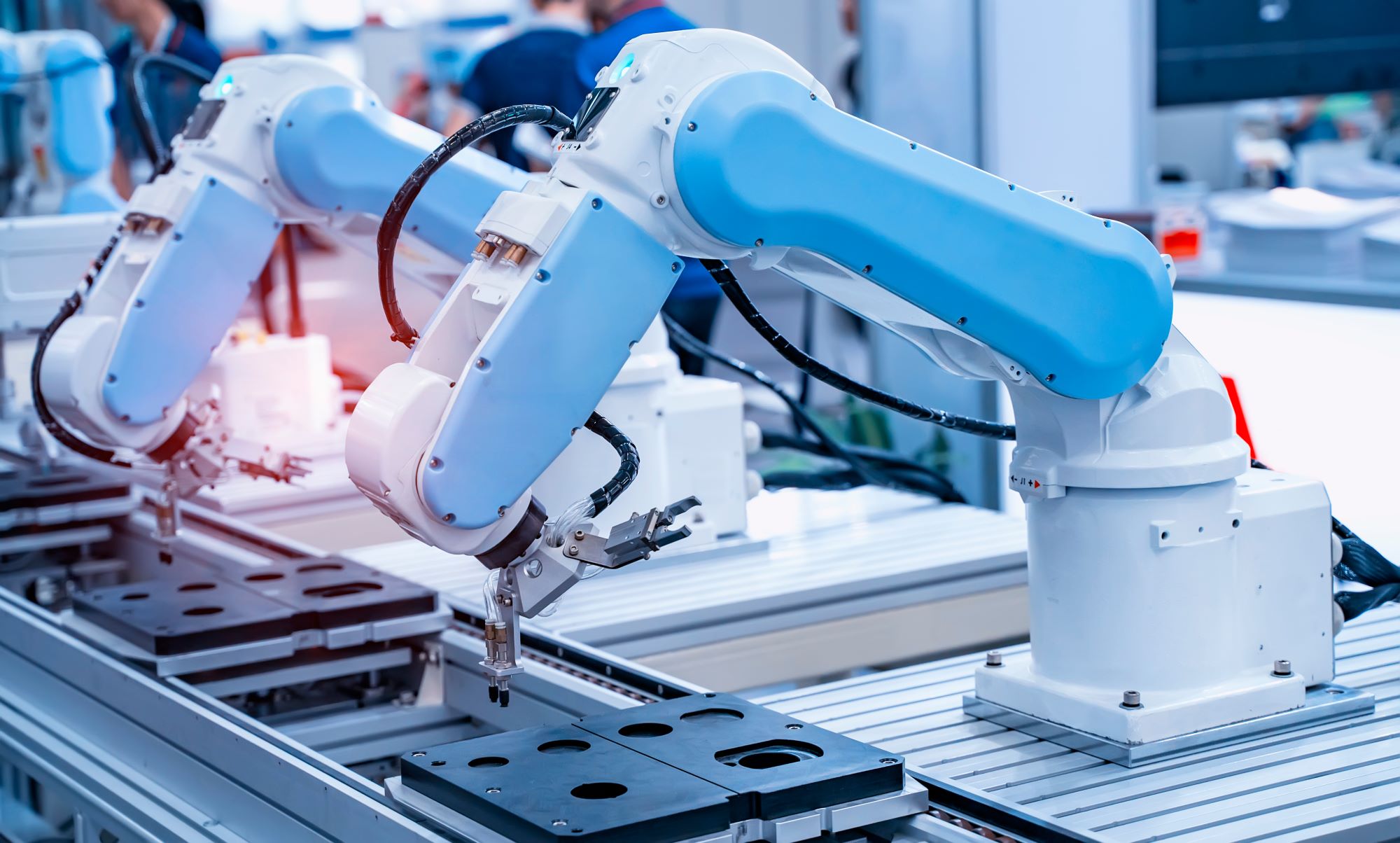Ultrasonic or Hot-Plate Welding? The Battle for Superiority in Medical Device Assembly
Welcome to our exploration into plastic welding for life science applications. As we embark on this journey, imagine yourself as a master chef, adeptly balancing the strengths and potential weaknesses - such as leak rate - of ultrasonic welding (USW) and hot-plate welding (HPW), much like harmonizing flavors in a gourmet dish. Each method brings unique strengths and challenges to the table, contributing to the final product's quality. So, let's dive into this adventure where strength and leak rate take center stage in the intricate world of plastic welding for life science applications.
Entering the Age of Single-Use Disposable Medical Devices
It's truly remarkable how the progress in materials and sterilization methods has paved the way for the advent of single-use disposable (SUD) medical devices. The transformation we're witnessing is largely due to enhanced plastics characterized by their heat resistance, strength, and chemical resistance. But you may be wondering, how are these intricate devices assembled?
Revealing Assembly Techniques: SUD devices frequently require assembly with additional components such as PCBs, motors, sensors, filters, and more to achieve their intended function. The champions of this process? Ultrasonic welding and hot-plate welding! These techniques skillfully fuse plastic components together, securely encapsulating and housing the essential elements.
The Hidden Power of Weld Strength in Single-Use Disposable Devices
The significance of weld strength in the lifespan of many SUDs cannot be overstated. It must withstand assembly, testing, shipping, and drop tests and uphold a particular leak rate. But what does it mean when we talk about a 'leak'?
Understanding Leaks: Picture a slight stream of gas or liquid seeping out through a small defect like a hole, crack, or an imperfect seal in the wall of a vessel. That's essentially what a leak is! And believe it or not, everything leaks to a certain extent - it's all a matter of perspective.
So, how does ultrasonic welding compare to hot-plate welding when it comes to weld strength and leak rate?
Understanding Cross-Sectional Area: Imagine the standard cross-sectional area of a joint created by ultrasonic welding versus one formed by hot-plate welding. More often than not, you'll discover that a hot-plate welding section contains 2 to 3 times the amount of material compared to its ultrasonic counterpart. And it's important to remember more material essentially translates to more strength.
Designing Weld Joints: Ultrasonic welding joints employ an energy director, while hot-plate welding brings two opposing weld ribs into play. This energy director limits the amount of plastic in the weld area, as shown by these images:

Ultrasonic Welding Energy Director

Hot-Plate Welding Ribs
Choosing the Optimal Welding Process: When the objective is to attain high burst strength, pass drop tests, or maintain a tight leak rate, hot-plate welding will typically emerge as the superior choice for a welding process.
Leak Rate and the Vessel Wall: An Interesting Correlation
Given that the leak rate is directly related to the vessel wall, the goal is to ensure that the weld joint is as robust and devoid of 'holes' as feasibly possible. So, how effectively does hot-plate welding accomplish this goal?
Optimization Through Hot-Plate Welding: Hot-plate welding normalizes the weld surfaces. In other words, precisely machined hot tooling melts away any irregularities on the weld surface of the plastic parts. So the weld surfaces match each other flawlessly, leading to an optimized cross-section.
Weld strength and leak rate are merely the starting points when crafting a Single-Use Disposable device. But what else is there to consider? Elements such as material choice, particulate matter, cycle time, tooling and equipment costs, and freedom of design size and geometry are just a few additional factors to consider.
Navigating these choices may be challenging, but that's where our team at Extol comes in. We're ready to help you understand how each decision can enhance your work with plastics. Are you ready to begin this journey? Let's get started. Feel free to contact us with the message form below. We are eager to explore the specifics of your project and look forward to collaborating with you to shape the future of life sciences.

